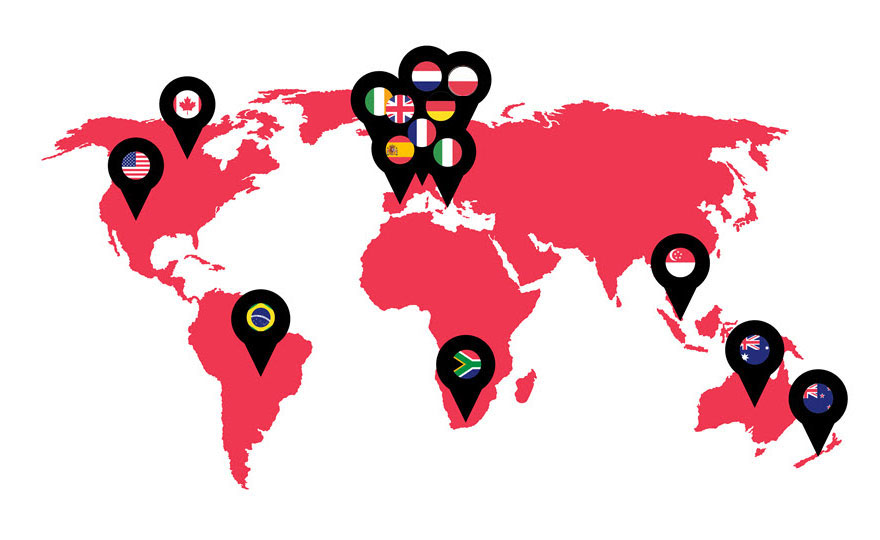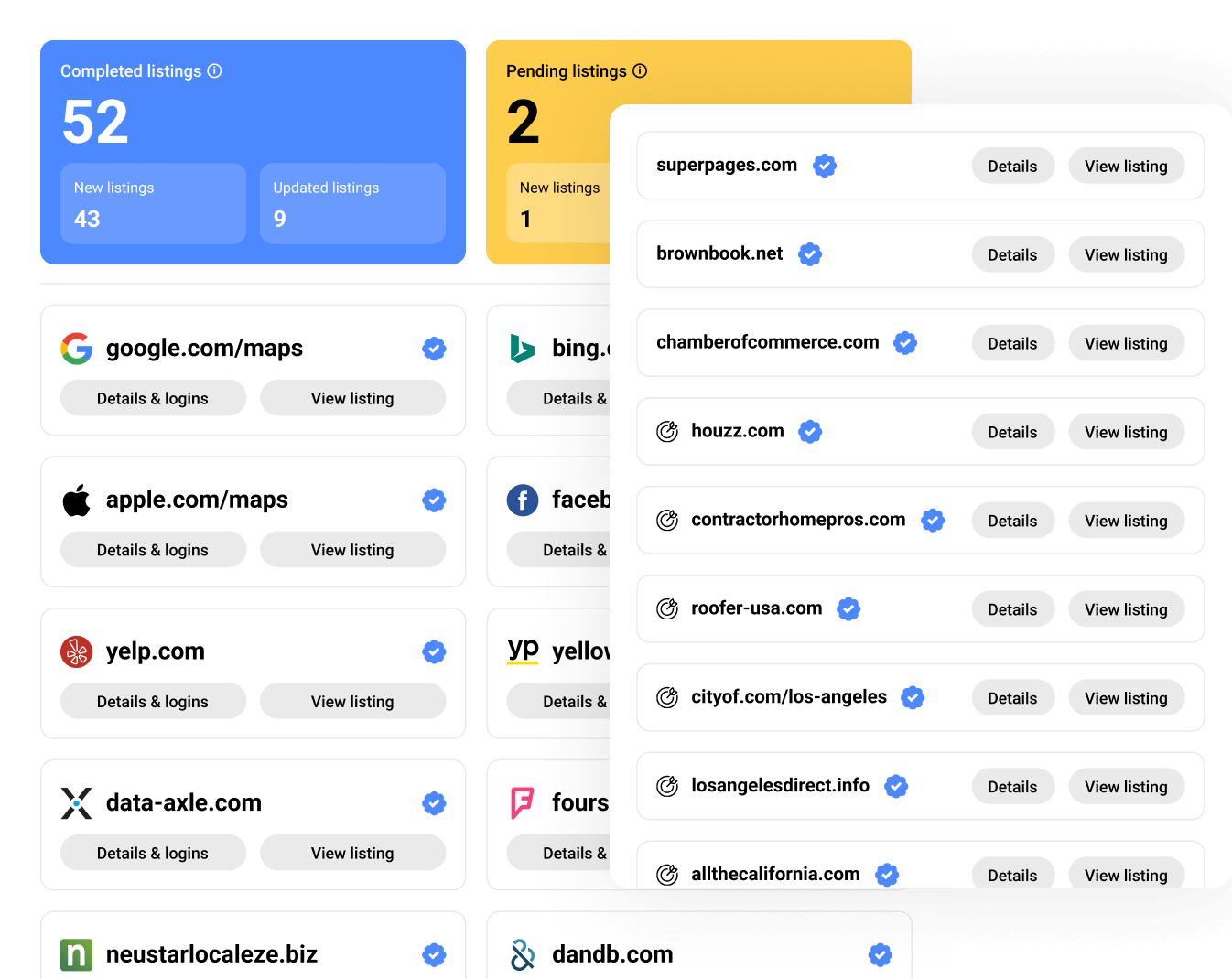🤓 The 2026 Local Search Ranking Factors are here!! Check out the report!
🤓 The 2026 Local Search Ranking Factors are here!! Check out the report!


A number of factors when selecting the most important citation sources for each country. The majority of these factors’ values could easily be calculated and compared mathematically. However, there were a few factors, which were based on subjective observations and experience, and for some factors values were assigned based only on tentative data.
This practically means that the sources included in our lists are only, or predominantly, platforms that serve one main purpose – storing and distributing information about multiple businesses. These are the types of citation sources Google looks at most frequently when “they” are trying to confirm the accuracy of certain business information that has made its way in their database.
The more connections a citation source has to other citation sources, and the more important these other citation sources are, the higher the importance of that well-connected citation source. The logic behind this factor is the same as the one behind PageRank. If the citation source is known to supply business data directly to Google, this gives it significant boost in our lists’ rankings.
This factor could indirectly relate to the size of the business database of the citation source. However, it is more important than the pure size of the database, because the latter could more easily be inflated with inaccurate, outdated, or duplicated business information.
Is it at all possible to add, update, or remove a listing on certain citation source? If any of these processes is unavailable, it might be assumed that Google would not have enough trust in the citation source. It could also lead to the question of the accuracy of the information contained in the citation source’s database. Additionally, the more standardized and more difficult to be completed certain process is, the higher the protection from potential abuses (for instance, if phone verification is required).
If certain citation source has been noted as featuring a significant number of inaccurate business details or duplicates, its rankings in our lists would be demoted and vice versa.
This factor, in the majority of the cases, could only be calculated using tentative data, including factor #3 above, and information about the number of indexed pages on the citation source. Some of the citation sources do share such information, though.
Domain Authority (by Moz) and PageRank are the main sub-factors used to determine the relative domain strength of a citation source.
Whitespark provides powerful software and expert services to help businesses and agencies drive more leads through local search.
Founded in 2005 in Edmonton, Alberta, Canada, we initially offered web design and SEO services to local businesses. While we still work closely with many clients locally, we have successfully grown over the past 20 years to support over 100,000 enterprises, agencies, and small businesses globally with our cutting-edge software and services.